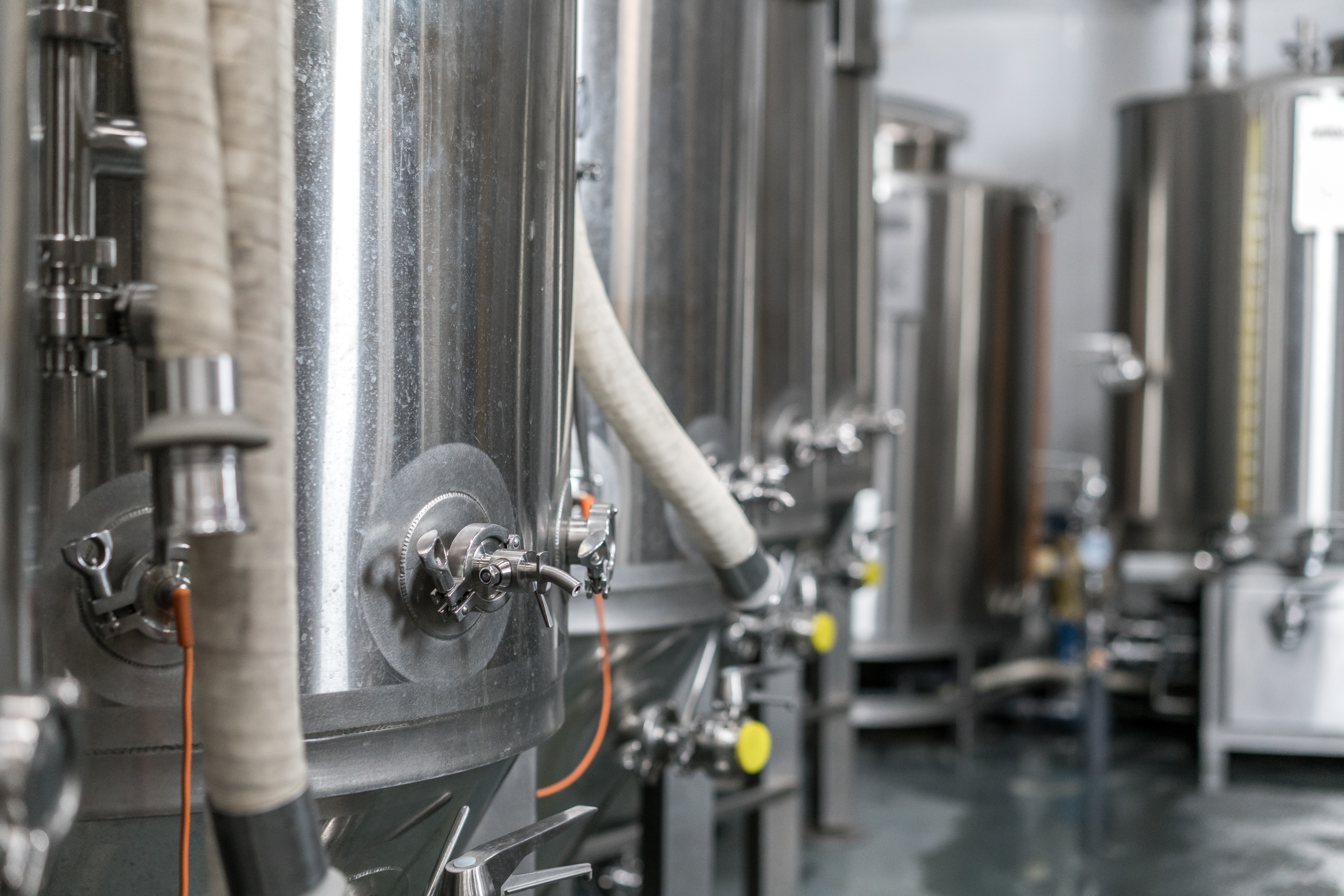Tank Heating
Among the industrial heating applications in places like Houston Texas or Tulsa Oklahoma, tank heating is one of the most basic of all. It usually involves water or liquid heating, and the types of heaters used slightly vary by application. In general, the tank heating most likely uses some sort of flanged immersion heaters.
The flanged heaters are also known as immersion heaters because of the way the heating rod works while submerged into the tank. However, there are also other types of heaters such as over-the-side heater or screw-plug heaters.
Choosing the right type of heater depends on the type of tank used and the content therein. The flanged heater is most suitable for chemical, petroleum, or water based applications in which the medium comes into a direct contact with the heating rod.
The flanged heater solution is most appropriate for heating closed-loop pressurized vessels. It is therefore widely used in the oil sector. The flanged immersion heater varies widely in its size, power (kilowatts), thermal housing, and type of sheath material used.
Consideration for Sheath Material
One must consider when using flanged heaters what type of sheath material is going to be used against possible corrosion. This is particularly true if the heaters are used in chemicals other than water. The sheath materials that are used in flanged heaters are typically steel, stainless steel, copper, titanium or exotic alloys such as Inconel®, Incoloy®, and Hastelloy®. The use of exotic alloy is often recommended in extremely corrosive environments such as salt water in order to avoid sheath breach that maybe caused by prolonged use over an excessive duration.
The selection of sheath material depends on the application of the heaters. The application includes a wide range of heating solutions from simple water heating to most complicated oil viscosity solutions. For water and very mild solution, copper or stainless steel is an acceptable choice for the sheath material. Conversely, Incoloy® may be best suited for a highly corrosive situation or high viscosity solution. Steel is often used for oil reservoirs. For gas or steam, stainless steel is recommended for low temperature, but Incoloy® is necessary for high temperature.
The flanged heaters manufactured by WATTCO™ are available in all forms of sheath materials as noted here. What makes them the industry leader is not, however, just the sheath material they use in manufacturing the flanged heaters. WATTCO™ stands out in the superiority of their thermal housing as well.
The selection of sheath material depends on the application of the heaters. The application includes a wide range of heating solutions from simple water heating to most complicated oil viscosity solutions. For water and very mild solution, copper or stainless steel is an acceptable choice for the sheath material. Conversely, Incoloy® may be best suited for a highly corrosive situation or high viscosity solution. Steel is often used for oil reservoirs. For gas or steam, stainless steel is recommended for low temperature, but Incoloy® is necessary for high temperature.
The flanged heaters manufactured by WATTCO™ are available in all forms of sheath materials as noted here. What makes them the industry leader is not, however, just the sheath material they use in manufacturing the flanged heaters. WATTCO™ stands out in the superiority of their thermal housing as well.
Also Read: Immersion Heaters in Oil Storage Tanks
Consideration for Thermal Housing
The importance of thermal box housing cannot be overstated. A failure of thermal control can affect the entire content of the tank resulting a great deal of financial loss to company. The control failure is usually attributed to various adverse environmental factors such water or explosion. That is why the NEMA standard is important in determining the type of thermal box housing. WATTCO™ utilizes 3 different types of thermal housing: NEMA 1, NEMA 4, and NEMA 7.
NEMA 1 is a Standard Thermal Box that is used for most general purposes. NEMA 4 (4X) Water Proof Thermal Box is particularly designed to withstand 4 times the normal water resistance to guard against heavy rain. NEMA 7 Explosion Proof Thermal Box is designed to guard against various hazardous situations such as fire.
NEMA 1 is a Standard Thermal Box that is used for most general purposes. NEMA 4 (4X) Water Proof Thermal Box is particularly designed to withstand 4 times the normal water resistance to guard against heavy rain. NEMA 7 Explosion Proof Thermal Box is designed to guard against various hazardous situations such as fire.
